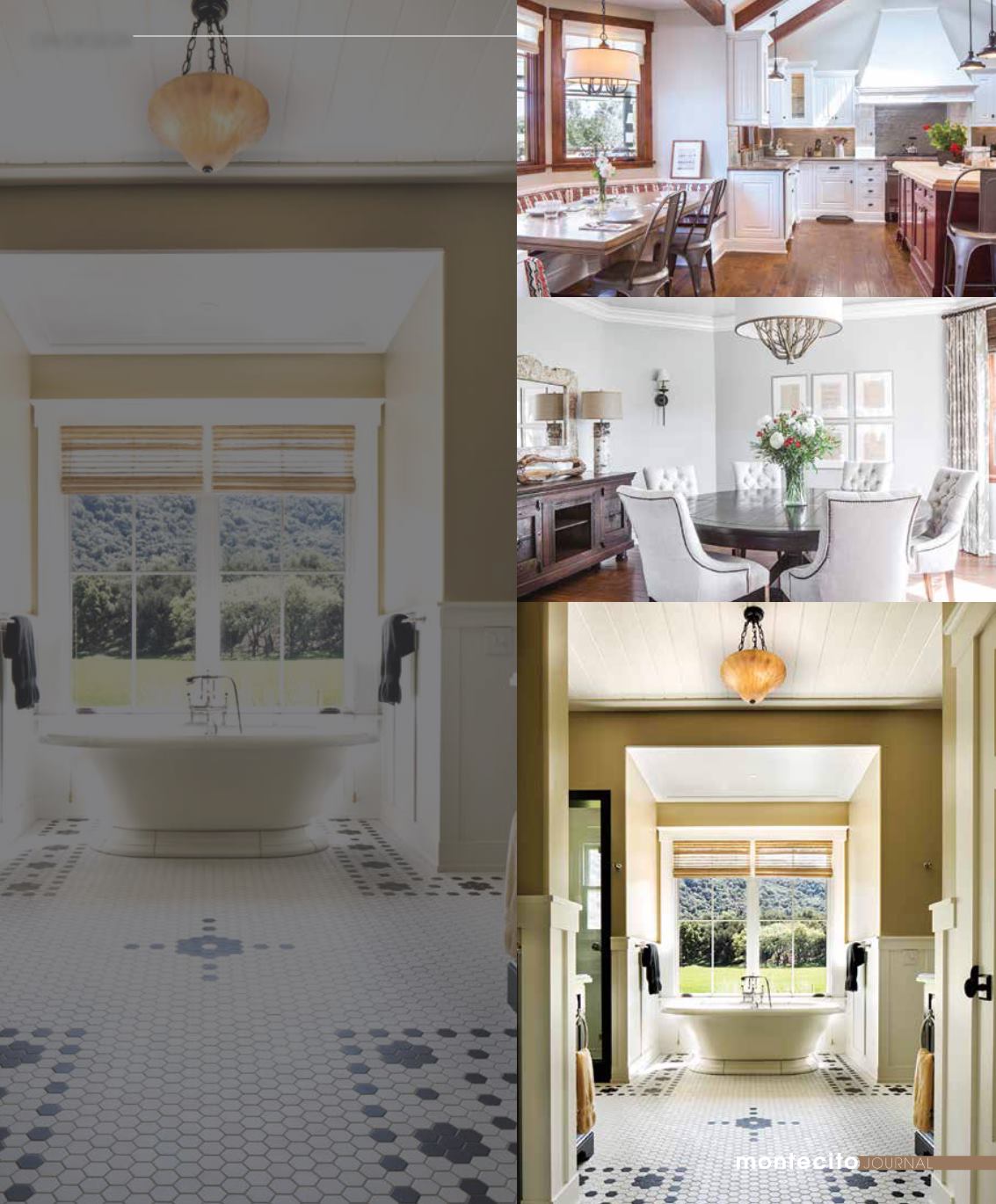
YES, SUR
S
hannon was born in Big Sur and calls herself a “hippy flower child,”
whose mother, Laurie Scott, was an actress who began her career
at the age of six, guest starring on TV shows including
Big Valley
and
The Wild Wild West
. “[My mom] gave up her acting career to move to
Big Sur, became a hippy, and had three babies,” she notes.
Laughing and proclaiming to be a “conservative hippy,” Shannon
says she “grew up around my mom who was at Woodstock and
followed Timothy Leary, so you kind of have that ingrained in you. My
whole life I’ve been surrounded by Native American influences and the
influences of where and how we lived. A lot of it is about honoring the
earth and sustainability – it’s how I’ve personally always lived.”
Shannon has been a vegetarian all her life, has been totally vegan
for 18 years, and her son, Caden, has been raised vegan. “It all falls
into sustainability, and that’s a really big piece in what I’m trying to do,
which includes not using animal products, as they are not sustainable
on many levels. My focus is on designing spaces that are sustainable
and vegan.
Shannon says that finding reused, reclaimed, and sustainably
sourced material has gotten easier; she has discovered a number of
new sources for rugs, for example, made with bamboo, silk, hemp, jute,
rayon, and cotton. “It is a process,” she says, “the world is changing,
and the options are increasing and growing daily.”
She points out that the desks and cabinets throughout her office
are made of Kirei board, a waste product from sorghum sugar; the
sugar is extracted from the stalks, creating a hay-like product that
is then pressed into boards. Shannon’s boyfriend, Miles Rucker, is a
cabinetmaker; she designed the desks and he then went on to build
them for her.
In 1989, she graduated high school and spent a short time in Los
Angeles before moving to the Santa Ynez Valley where she pursued an
associate degree in design at Allan Hancock College. But that turned
out, she says, to be “a little more home-economics based” than what
she was looking for. With one semester left to complete the associate
degree, she learned that UCSB offered a Proficiency and Professional
Level Interior Design program; she dropped everything and shifted
over to complete UCSB’s two-year program.
ON DESIGN
72
winter
|
spring


